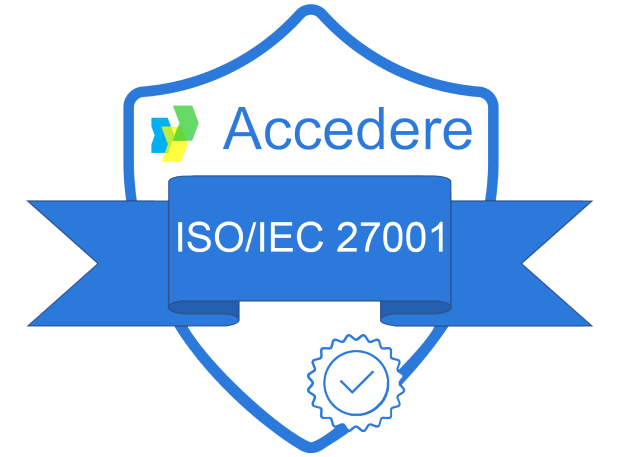The second way to make a data catalog “smart“ is through its inventory. A data catalog is essentially a thorough inventory of information assets that include a bunch of metadata, which helps harness the information as efficiently as possible. Setting up a data catalog, therefore, depends first of all on an inventory of the assets from the different systems.
Automating the inventory: the challenges
A declarative approach to building the inventory doesn’t strike us as particularly smart, however well thought out it may be. It involves a lot of work at the launching and the up-keeping of the catalog – in a fast-changing digital landscape, the initial effort quickly becomes redundant.
The first step in creating a smart inventory is of course to automate it. With a few exceptions, enterprise datasets are managed by system specialists (involving distributed filing systems, ERPs, relational databases, software packages, data warehouses, etc.). They manage all these systems along with all the metadata required for them to work properly. There is no need to recreate this information manually: you just need to connect to the different registries and synchronize the catalog content with the source systems.
In theory, this should be straightforward but putting it into practice is actually rather difficult. The fact is, there is no universal standard to which the different technologies conform for a universal means of access to their metadata.
The essential role of connectivity to the system sources
A smart connectivity layer is a key part of the Smart Data Catalog. For a more detailed description of Zeenea’s connectivity technology, I recommend reading our previous ebook, the 5 technological breakthroughs of a next-generation catalog, but its main characteristics are:
- Proprietary – we do not rely on third parties so as to maintain a highly specialized extraction of the metadata.
- Distributed – in order to maximize the reach of the catalog.
- Open – anyone looking to enrich the catalog can develop their own
- connectors with ease.
- Universal – it can synchronize any source of metadata.
This connectivity can not only read and synchronize the metadata contained in the source registries, it can also produce metadata.
This production of metadata requires more than simple access to the source system registries. It also requires access to the data itself, which will be analyzed by our scanners in order to enrich the catalog automatically.
To date, we produce 2 types of metadata:
- Statistical analysis: to build a profile of the data – value distribution, rate of null values, top values, etc. (the nature of the metadata depends obviously on the native type of the data being analyzed);
- Structural analysis: to determine the operational type of specific textual data (email, postal address, social security number, client code, etc. – the system is scalable and customizable).
The inventory mechanism must also be smart
Our inventory mechanism is also smart in several ways:
- Dataset detection relies on extensive knowledge of the storage structures, particularly in a Big Data context. For example, an IoT dataset made up of thousands of files of time series measures can be identified as a unique dataset (the number of files and their location being only metadata).
- The inventory is not integrated into the catalog by default to prevent the import of technical or temporary datasets that would be of little use (either because the data is unexploitable, or because it is duplicated data).
- The selection process for the assets that should be imported into the catalog also benefits from some assistance – we strive to identify the most appropriate objects for integration in the catalog (with a variety of additional approaches to make this selection).














